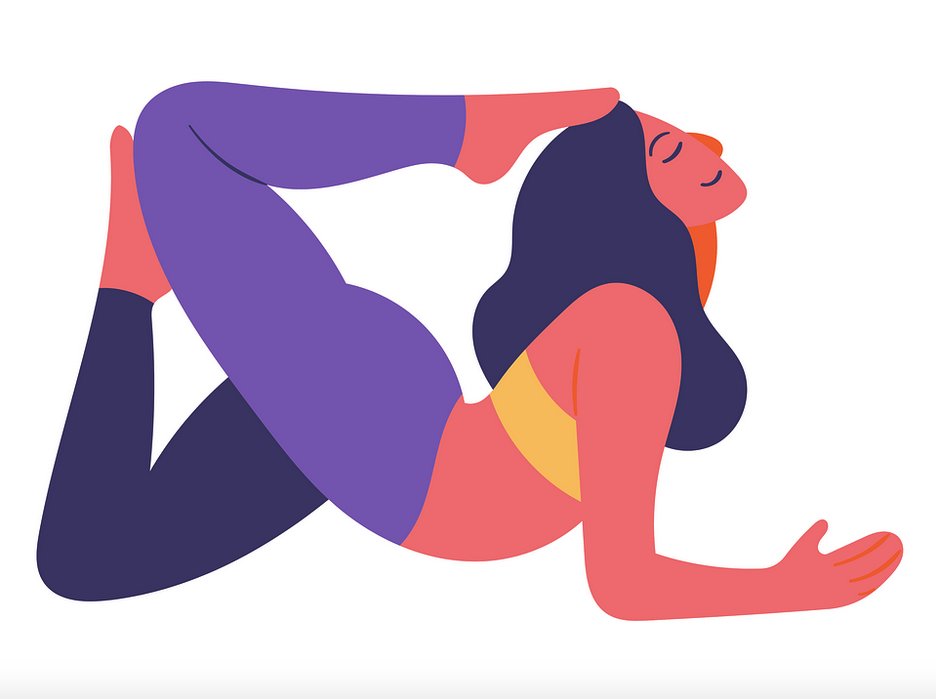If you’re a yoga practitioner who has been struggling with arm balances, you’re likely making a few critical mistakes.
They are keeping you from flying!
Most of the students at Yogi Flight School have made some combination, or all, of these mistakes.
Find out why you aren’t getting into the poses you want:
Mistake #1: believing that you need a crazy amount of core and arm strength to hold you up.
Wrong! If it were all about strength, wouldn’t all bodybuilders and athletically fit people be able to get into arm balances? I mean, of course, you will need a basic level of strength, but if you can do a single push-up from your knees, that’s all that you need to begin getting into arm balances.
More important than strength is the stacking of your joints. If you’ve ever built a block tower as a child or with a child, you know that the more precisely you stack the blocks on top of one another, the higher a tower you can build. If you stack the blocks off-center, the less stable the tower becomes, and it will topple over much sooner. The same concept applies to stacking your joints for arm balances.
Mistake #2: believing your own stories and fears about why it’s not going to be possible or why it’s going to take forever to learn.
“My arms are too long/short.”
“I’m too old.”
“I’m not flexible enough.”
“My butt is too heavy.”
“My legs are too long.”
These are stories, and our stories support the beliefs that we carry about ourselves. When you try an arm balance, and you’re unable to get into the pose, the fact is only that you weren’t able to get into the pose.
As humans, we tend to take that fact (not obtaining a pose), we assign meaning to it, and it becomes, “I can’t get into this pose because I’m too uncoordinated.” Wrong. The only meaning that this fact carries is that you haven’t been taught properly how to nail your arm balance.
Mistake #3: assuming your body “just doesn’t do that” when you can’t find the balance point.
Balancing in an arm balance is not necessarily an easy task for people who’ve spent their entire lives walking on their feet. Most of us have witnessed an infant learning to walk. They first learn to stand with support from objects, like a chair or table. When they venture to the center of the room, they spend hours, days, sometimes weeks learning how to balance on their own, falling countless times in the process.
Each time they try again, the muscles in their feet, legs, and core each gain a bit more strength, ultimately leading to success. How can we expect to balance upside down without at least the same grace period for learning?
Apart from that, falling on your face is exponentially scarier than falling on your butt. Trusting yourself and working through that fear is half the battle.
Mistake #4: not preparing and warming up properly and expecting your body to be ready to do the thing.
How many vocal artists do you think get on stage to perform without warming up their vocal cords? How many musicians hit all the right notes without first tuning their instruments and properly preparing? How many public speakers take to the podium without reviewing their notes? How many athletes have peak performance without appropriate warm-ups?
Preparation is key in learning any new skill, and even in some cases for professionals. You are setting yourself up for failure and disappointment when you don’t first lay the groundwork for your success. This holds especially true for arm balances. Targeted warm-ups that are aligned with the poses you are working toward will assist in unlocking any arm balance and massively propel your practice forward.
The point: you can do all the things that you want to do with your body. The first step is to replace the old beliefs that keep you from doing so with new beliefs that support your vision.











Read 2 comments and reply